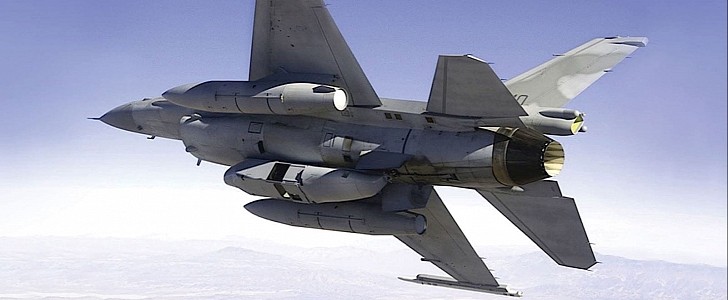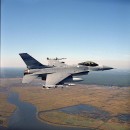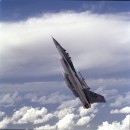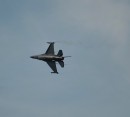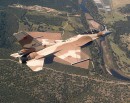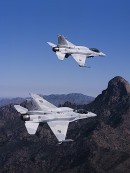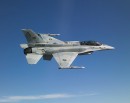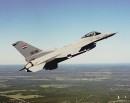A fighter jet is much more than a collection of weapons ready to be fired at the enemy, and its capabilities during combat are only as good as supporting systems will allow it. This is why research and development on new such systems never ends.
One of the biggest suppliers of aircraft reconnaissance systems is Collins Aerospace. The company’s solutions are used on F-15s and F-16s fighters deployed by several nations, or the MQ-9 Reaper drone. And now, a new one has just been successfully tested.
Called MS-110 Multispectral Airborne Reconnaissance, the system was installed into a pod, which in turn was mounted on an F-16 flown not by the U.S. Air Force (USAF), but by an “undisclosed international customer.”
It was the first flight test for the system, and it targeted aircraft integration, flightworthiness, and full-system performance. And judging by what Collins is telling us, the test was a success.
Although the exact capabilities of the MS-110 are, of course, secret, we are told that it allows the plane to make sense of its surroundings at longer ranges and on wider areas. Suited for use against peer and near-peer enemies, it makes use of imagery and multispectral capabilities that allows the plane to "detect targets with a higher degree of confidence, even through poor weather/atmospheric conditions."
“Accurate and reliable intelligence that can be shared at a national and coalition level is critical to mission success in the Joint All Domain Command and Control (JADC2) battlespace,” said in a statement Lora Magliocco, director and general manager, Airborne ISR Solutions for Collins Aerospace.
“Successfully completing this trial demonstrates the readiness of the MS-110 systems to support customers around the globe.”
Collins did not say when the system would be ready for large scale use, or what countries will field it in their military aircraft.
Called MS-110 Multispectral Airborne Reconnaissance, the system was installed into a pod, which in turn was mounted on an F-16 flown not by the U.S. Air Force (USAF), but by an “undisclosed international customer.”
It was the first flight test for the system, and it targeted aircraft integration, flightworthiness, and full-system performance. And judging by what Collins is telling us, the test was a success.
Although the exact capabilities of the MS-110 are, of course, secret, we are told that it allows the plane to make sense of its surroundings at longer ranges and on wider areas. Suited for use against peer and near-peer enemies, it makes use of imagery and multispectral capabilities that allows the plane to "detect targets with a higher degree of confidence, even through poor weather/atmospheric conditions."
“Accurate and reliable intelligence that can be shared at a national and coalition level is critical to mission success in the Joint All Domain Command and Control (JADC2) battlespace,” said in a statement Lora Magliocco, director and general manager, Airborne ISR Solutions for Collins Aerospace.
“Successfully completing this trial demonstrates the readiness of the MS-110 systems to support customers around the globe.”
Collins did not say when the system would be ready for large scale use, or what countries will field it in their military aircraft.
